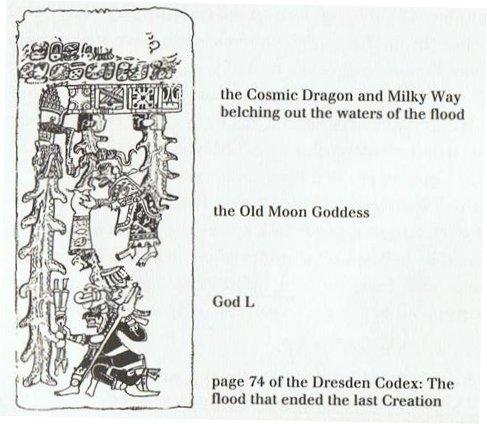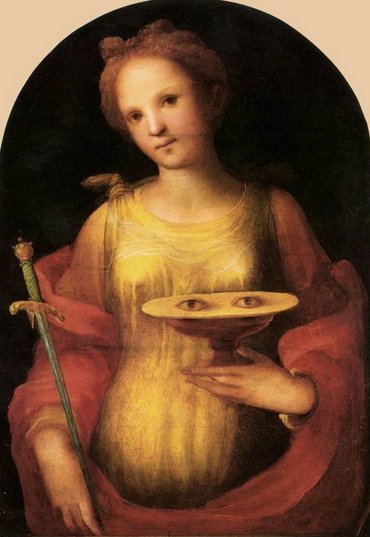Once again. The creator of the B tablet has evidently taken the unusual step of adding a last pair of glyph lines on side b in order to illustrate 3 synodic lunar months:
The creator of the Small Washington text (R) may have had similar thoughts in mind, for his text has one extra line and seems to have covered *225 (side b) + 225 (side a) days - as if the whole cycle was approximatively 450 (= 420 + 30 = 366 + 84) right ascension days. The asterisks (*) in the table below do not refer to right ascension days but to my early on deduced number of glyphs per line:
Given the idea of Orion measuring out around 3 lunar synodic months, with Betelgeuze (α) marking day 88, there could well be a day zero where his Club was pushed down into the Milky Way River - with the 3 stars in the illustration below alluding to these 3 months:
... the nine-month period when Orion was visible in the sky approximately matched the duration of human pregnancy, and the timing of the heliacal rise in early summer would have facilitated a 'rule of thumb' whereby, by timing conception close to the reappearance of the constellation, it could be ensured that a birth would take place after the severe winter half-year, but leaving enough time for sufficient nutrition of the baby before the beginning of the next winter ...
From Aldebaran (*68) to Sirius (*101) there were *33 right ascension days, and from Rigel (*78) to Sirius (*101) there were *23 such days. These facts could have been reflected in the Hawaiian cycle of Lono beginning 10 days after the return of Tau-ono (presumably referring to the 6 'stones' as the corner stars in the winter hexagon illustrated above). ... The correspondence between the winter solstice and the kali'i rite of the Makahiki is arrived at as follows: ideally, the second ceremony of 'breaking the coconut', when the priests assemble at the temple to spot the rising of the Pleiades, coincides with the full moon (Hua tapu) of the twelfth lunar month (Welehu). In the latter eighteenth century, the Pleiades appear at sunset on 18 November. Ten days later (28 November), the Lono effigy sets off on its circuit, which lasts twenty-three days, thus bringing the god back for the climactic battle with the king on 21 December, the solstice (= Hawaiian 16 Makali'i). The correspondence is 'ideal' and only rarely achieved, since it depends on the coincidence of the full moon and the crepuscular rising of the Pleiades ... ... The Mahabharata insists on six as the number of the Pleiades as well as of the mothers of Skanda and gives a very broad and wild description of the birth and the installation of Kartikeya 'by the assembled gods ... as their generalissimo', which is shattering, somehow, driving home how little one understands as yet. The least which can be said, assuredly: Mars was 'installed' during a more or less close conjunction of all planets; in Mbh. 9.45 (p. 133) it is stressed that the powerful gods assembled 'all poured water upon Skanda, even as the gods had poured water on the head of Varuna, the lord of waters, for investing him with dominion'. And this 'investiture' took place at the beginning of the Krita Yuga, the Golden Age ... For the B text I have suggested a correlation between Bb11-39 and day 225 (August 13):
From Bb11-39 to the end of side b there are 49 glyphs (days). They could correspond to the 49 main notches on the back side of the mammoth bone tablet: ... A further 49 notches on side B are arranged in four vertical lines of 13, 10, 12 and 13 respectively plus a further notch that could be in either of the middle two lines ... The special notch between the middle pair of vertical lines could then correspond to the exceptional pu glyph Bb11-39 - with 'holes' both at top and at bottom - implicating both were present simultaneously. This place may well have represented the day zero fraction necessary to increase 88 to ca 88½. The special central notch appears to be less prominently incised, hardly visible. From Bb11-39 up to and including the end of the glyph line there are 5 days:
Immediately before August 13, we have seen, there seem to be glyphs expressing a duality principle in Mother Nature.
And between the pair of figures at the beginning of side a on the G tablet the pair of hanging 'eyes' could be an expression similar in meaning to the pair of holes in the pu type of glyph. The basic difference between them could possibly be that these small hanging mata-riki (small eyes) had been put there in between to indicate the end of nighttime, and how they now should be used to bung up the holes from where they once had emerged, whereas on the other hand the pu type of glyph could indicate how the pair of corresponding holes were still open and waiting for the 'bungy-jump' to become 'hilled up' (puo).
... Now the deluge was caused by the male waters from the sky meeting the female waters which issued forth from the ground.
The holes in the sky by which the upper waters escaped were made by God when he removed stars out of the constellation of the Pleiades; and in order to stop this torrent of rain, God had afterwards to bung up the two holes with a couple of stars borrowed from the constellation of the Bear. That is why the Bear runs after the Pleiades to this day; she wants her children back, but she will never get them till after the Last Day ... The pair of 'stones' hanging down could at the same time refer to the astronomical plumb-line for finding right ascension lines.
As I have suggested earlier, the male eyes (holes) hanging down in the sky could have been illustrated in Gb1-21 (→ day 121 = May 1, the beginning of the Pleiades month): ... The jaguar learned from the grasshopper that the toad and the rabbit had stolen its fire while it was out hunting, and that they had taken it across the river. While the jaguar was weeping at this, an anteater came along, and the jaguar suggested that they should have an excretory competition. The anteater, however, appropriated the excrement containing raw meat and made the jaguar believe that its own excretions consisted entirely of ants. In order to even things out, the jaguar invited the anteater to a juggling contest, using their eyes removed from the sockets: the anteater's eyes fell back into place, but the jaguar's remained hanging at the top of a tree, and so it became blind. At the request of the anteater, the macuco bird made the jaguar new eyes out of water, and these allowed it to see in the dark. Since that time the jaguar only goes out at night. Having lost fire, it eats meat raw. It never attacks the macuco ... According to my suggested era for rongorongo the fate of the Jaguar's eyes would have occurred in January 29 when Betelgeuze culminated (at 21h). Half a year later, in July 29 (210), the Full Moon would be at the Beehive in Cancer. From the day when the Sun rose up together with Betelgeuze in June 17 (168) to July 29 there were 210 - 168 = 42 days = 210 - 184 + 16 = 226 - 184.
|
||||||||||||||||||||||||||||||||||||||||||||||||||||||||||||||||||||||||||||||||||||||||||||||||||||||||||||||||||||||||||||||||||||||||||||||||||||||||||||||||||||||||||||||||||||||||||||||||||||||||||||||||||||||||||||||||||||||||||||||||||||||||||||||||||||||||||||||||||||||||||||||||||||||||||||||||||||||||||
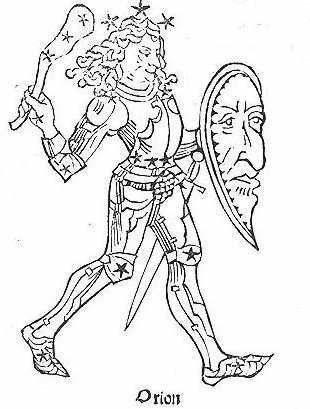
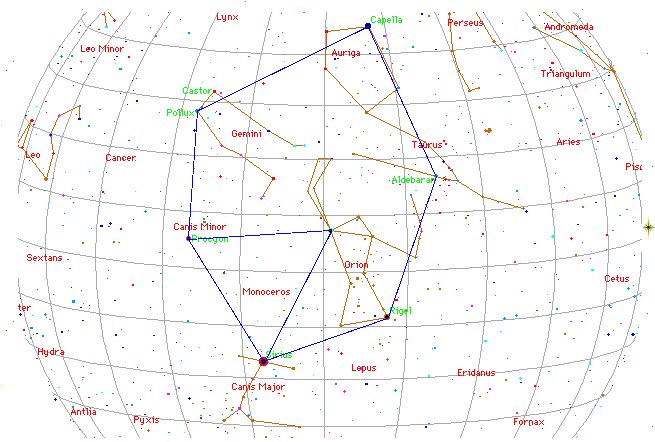


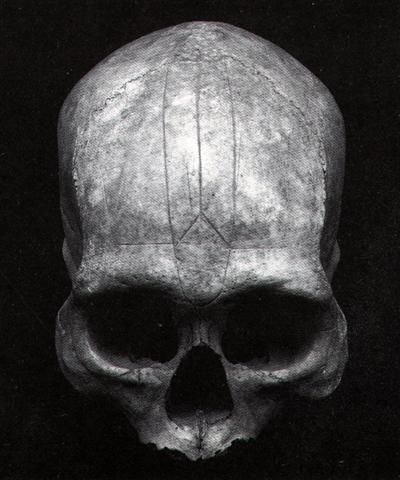
.jpg)






